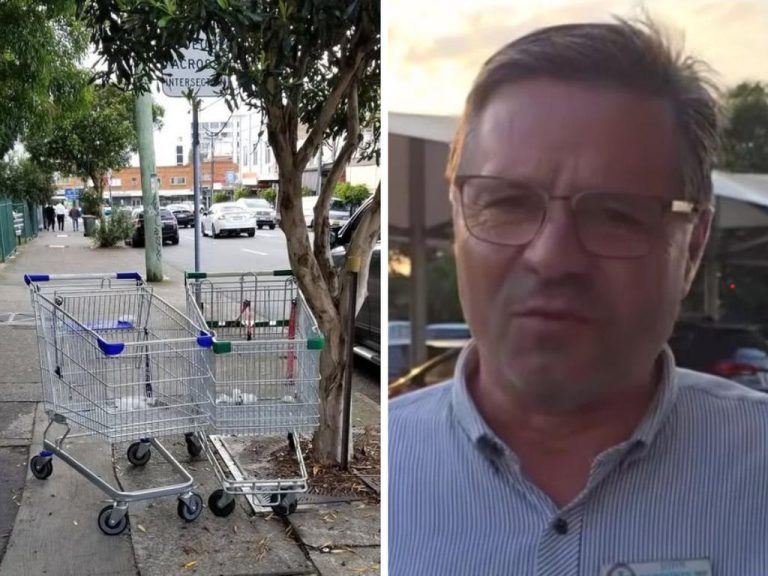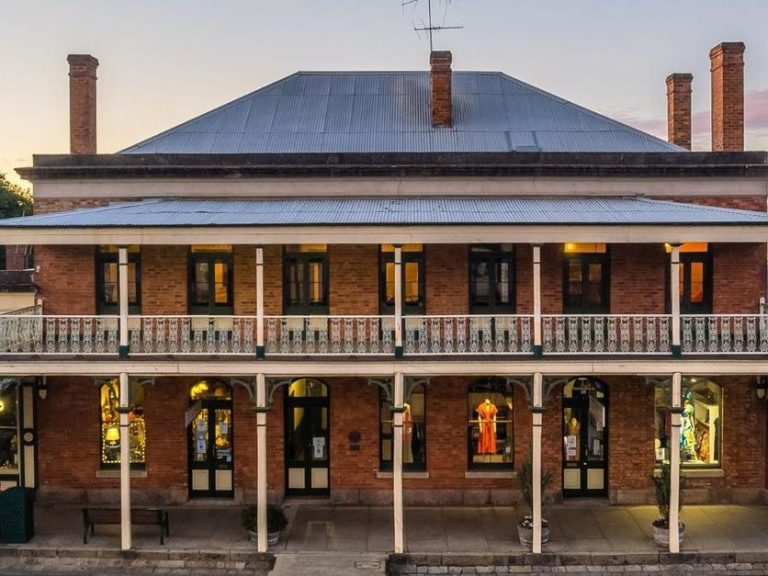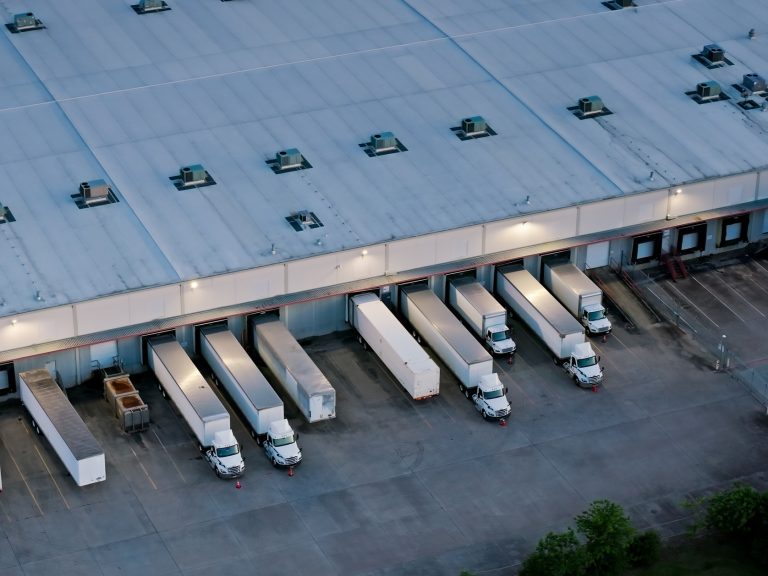Build-to-rent sector rising despite tough times
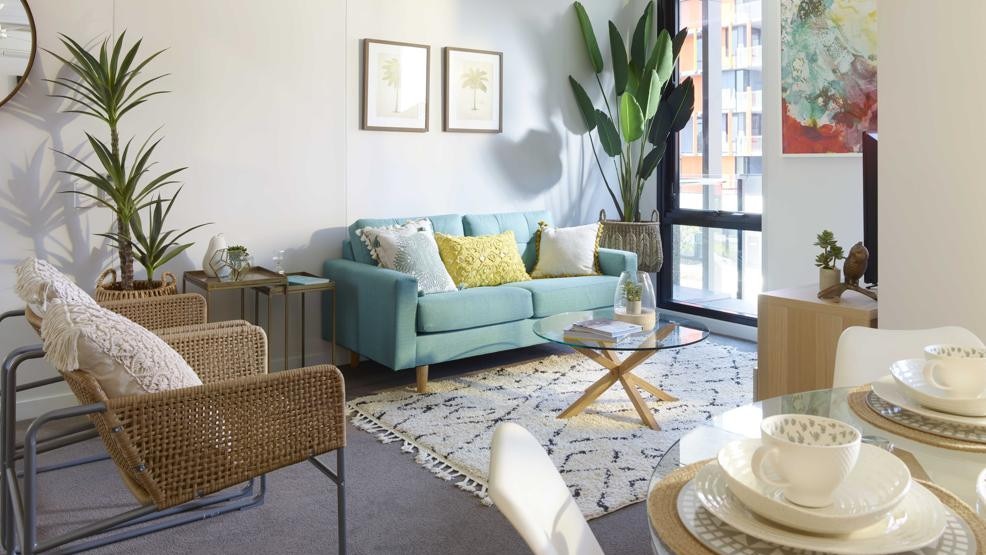
Inside the new Smith Collective rental complex.
A mix of low rental vacancy rates, moderate build-to-sell supply levels and rebounding levels of migration and foreign student arrivals are backing the underlying need for build-to-rent, with the unit pipeline soaring by 89 per cent last year, according to real estate firm JLL.
The sector has been bolstered by recent additions, including the Tarascio family’s Salta unveiling 4,000 apartments in the pipeline.
But much of the sector has been hit by delays, with long-mooted sites either still not getting under way or stubbornly high land prices making deals uneconomic.
JLL said that it was harder to kick off new projects in the area at the end of last year, but the pipeline was rising, with nearly 60 per cent of apartments in the pipeline in Victoria, followed by 24 per cent in Queensland, and just 11 per cent in NSW.
The firm argued that build-to-rent projects were better placed to deal with rising construction costs than traditional developers, but noted they were still being hit while also dealing with higher bond yields late last year.
This effectively stalled a number of capital raising and partnering processes, and also crimped new projects from getting off the ground.
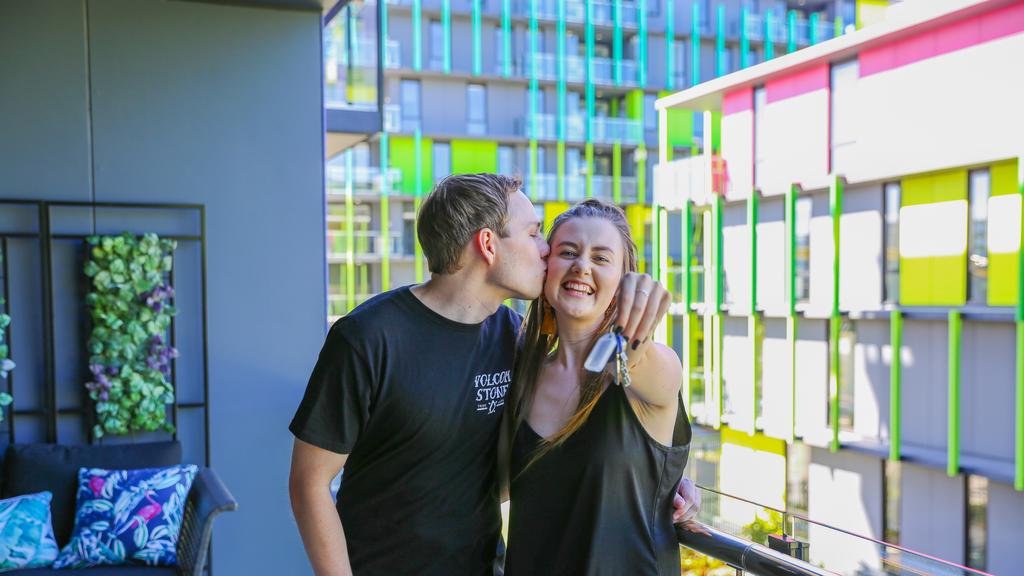
Morgan Kallman and Harley Faulkner are moving into the Smith Collective, Gold Coast. Picture: Supplied
But Jack Bergin, JLL’s head of living, capital markets, said the sector outlook remains strong, and as more projects come online there will be a stronger case for investment.
“The underlying drivers of BTR in Australia and public sector support of the sector remain unequivocally strong. Investors are not doubting this and are still showing a strong desire to be part of the sector’s emergence longer term,” he said.
“Bond markets have begun to regulate, and we will shortly see the proposed changes to the MIT taxation regime enacted from July, both of which will provide investors with a lot more confidence to invest into the sector through 2024,” he said.
Mr Bergin said that further regulatory support was still required to support project viability and unlock the full potential of build-to-rent to drive housing delivery in major cities.
Leigh Warner, JLL’s head of residential research, said the tight rental market across the country was a strong backdrop for the emerging sector, with rental vacancy estimated at 1.3 per cent nationally in December, with strong growth in asking rents over the past two years in all capital cities.
“Much of the strength of the rental market is attributable to a very strong post-Covid rebound in both migration to Australia and international students,” Mr Warner said. “Indeed, international migration has exceeded pre-Covid levels and reached record levels in 2023.”
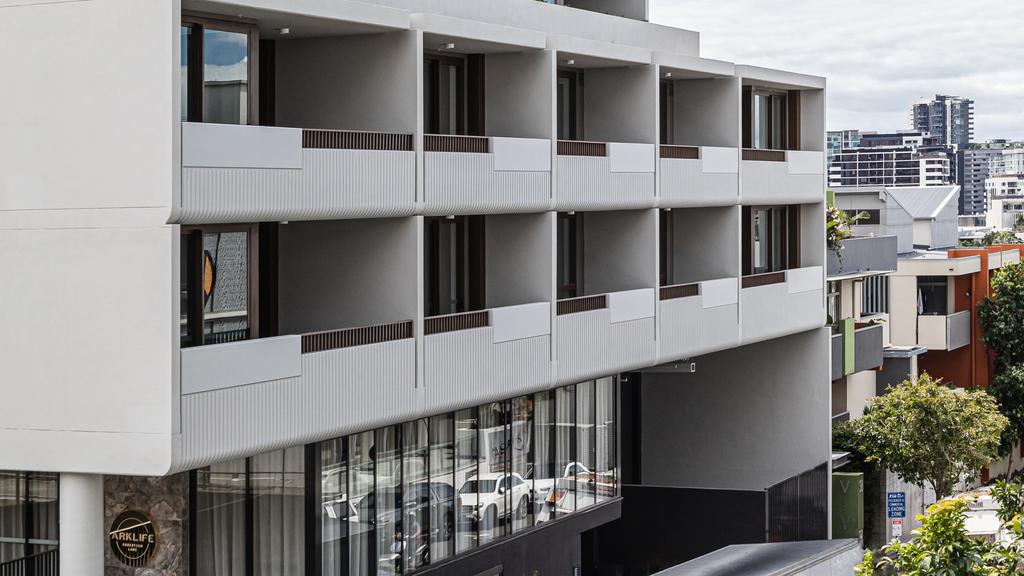
Arklife Robertson Lane in, Fortitude Valley, Brisbane
JLL is tracking 38,721 apartments under development, with the number of apartments being built lifting by 73 per cent over 2023 to 9351. More than 11,400 apartments were approved and awaiting construction, and a further 12,989 were in planning.
Just under 5000 apartments were classed as operational stock.
The few projects that have hit a stabilised occupancy level – like UBS’s Smith Collective on the Gold Coast, Sentinel’s Element 27 in Perth, Mirvac’s Liv Anora in Sydney, Blackstone’s Realm Kangaroo Point and Arklife’s Robertson Lane in Brisbane – have had strong rental over the past 12–18 months, though some are starting to report slightly more price resistance.
Mr Warner said the rising pipeline reflected the attractiveness of build-to-rent relative to traditional projects in a difficult development environment.
“Long selling periods, particularly for larger built-to-sell projects, are highly detrimental in a market where construction resources remain stretched and finance costs uncertain, leaving developers very vulnerable to any rise in a project’s cost base,” Mr Warner said.
“Having no selling period is a distinct advantage while project revenues are rising in a market of strong rental growth, which is much faster than end-sale prices are rising for BTS projects.”

